Rotterdam, not Amsterdam. Osaka rather than Tokyo: The best 'second cities' to visit this year
They’re cheaper, less crowded and more chilled: from Bengaluru to Leipzig, Cathy Adams chooses the top alternative city breaks that should be on your hitlist in the new year


Happy new year. You’re probably reading this at the busiest time of year – for holiday companies and airline booking platforms, at least. Christmas is over, it’s grey and dreary outside, and we all want to be anywhere else but here.
So where are we going? I’ve got some suggestions, and so does most of the travel industry, judging by my groaning inbox. In 2018, two destinations particularly stood out for me, but for very different reasons.
In February, I spent a long weekend in Bengaluru in southern India. A friend had recently moved there, giving up his job in London to join the exploding fintech scene. Bengaluru has been slowly welcoming a zippy group of young coders and techies that has made the urban population swell (making it the fastest growing city in India after Delhi, with 12.34 million residents in 2017, up from 8 million in 2011).
As a result, it’s a lot of fun. Happy hours on slick rooftop bars abound, the tradition of the boozy brunch goes on for five hours and there’s a new restaurant or cafe serving “third wave coffee” on every corner of hip neighbourhood Indiranagar. Plus, it’s super green and we haven’t even talked about the food yet…
Bengaluru isn’t on the hitlist for many British travellers. It’s maybe a third or fourth time visit to India, if it’s lucky – Brits are far more likely to visit Mumbai, before zipping down the coast to Goa and Kerala; or fly into Delhi and shuffle about with other tourists at the Taj Mahal.
Shame: I had such a good time bouncing around Bengaluru in the February sun that I considered shacking up on my friend’s crumbling rooftop permanently.
Maybe Bengaluru won’t make it on to your bucket list for this year. But other second or third-tier cities will. In the US, visit Pittsburgh or Charleston – handily, British Airways launches flights to both from London in April. Or Philadelphia (American Airlines starts flying in from Edinburgh) or Phoenix, which gets an extra American Airlines route from London in March, opening up Arizona beyond the Grand Canyon (which has a big birthday this year – more on that later).
Second cities are often much cheaper than the traditional gateways, less crowded and more chilled, with that still slight under-the-radar-ness about them. In Europe, try Rotterdam rather than Amsterdam (a super foodie, starchitecture-filled city that’s newly accessible via Eurostar from London) or Bulgaria’s Plovdiv rather than Sofia, which was one of 2018’s Capitals of Culture. Second city syndrome has hit Africa, too: British Airways started jetting into Durban last autumn, in a bid to pull away tourists from Johannesburg and Cape Town to the Eastern Cape.
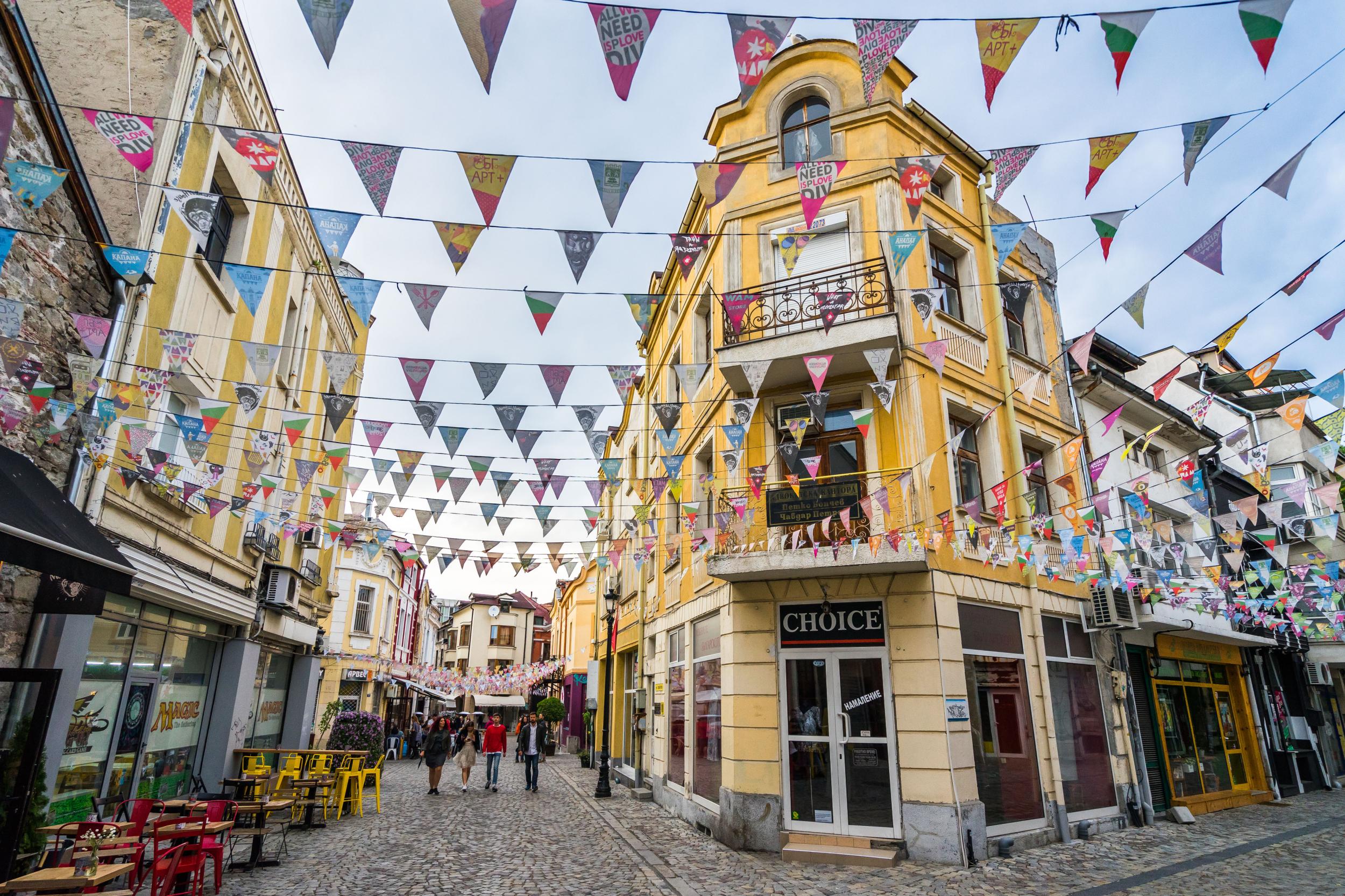
And don’t forget that Qantas encouraged us to fly direct to Perth from London last year, exploring Australia’s largest state and most isolated city, rather than head straight to Sydney and that bit of OTT architecture.
I might talk about getting away from the gateways, but as great as Pittsburgh and Phoenix are, nothing can beat the world’s first city – New York – in 2019. This year is a bonanza year for the already hard-and-fast metropolis: it’s hosting the first World Pride (which Virgin Atlantic is laying on an entirely LGBT-staffed flight to) to mark 50 years since the Stonewall uprising; plus there are some landmark openings like the South Street Seaport, with cobbled shopping streets, new hotels and also a swanky new cinema overlooking Brooklyn; and Hudson Yards on the Far West Side, which is the largest private real estate development in the history of the US. If you want to go to New York, go in January: it might be cold, but baby – it’s cheap as chips.
On to the second best trip I took of 2018, which is about as far from New York as you can get, both in terms of geography and character: the Maldives. Nothing ever happens in the Maldives, or at least nothing of interest to newspapers (it’s just consistently amazing – how uninteresting).
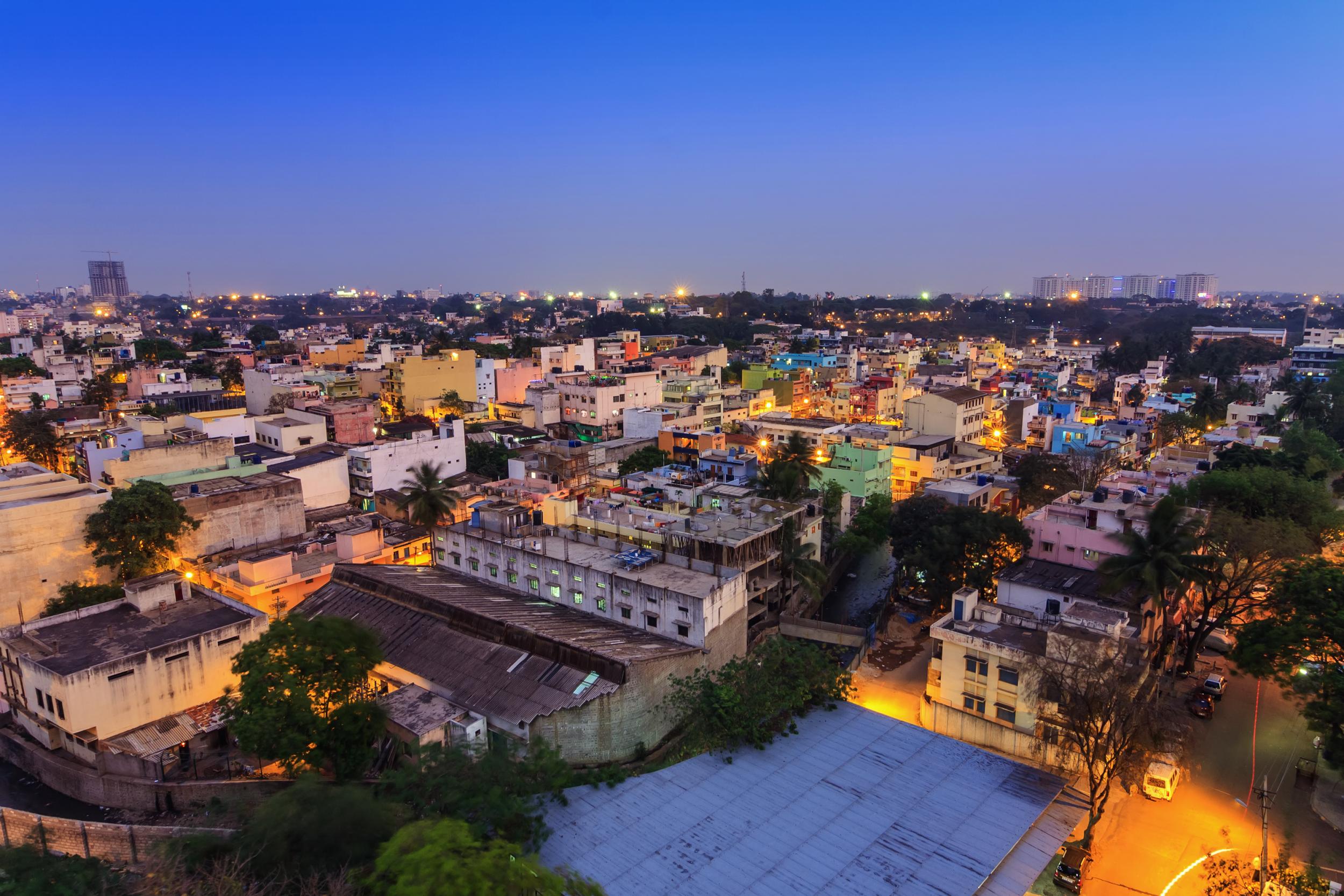
But in 2018 there were a handful of new hotels (the Fairmont, which had its underwater art installation demolished for being “anti-Islamic”; the Baglioni and the LUX* among them) as well as the Muraka, the first underwater residence at Conrad Maldives Rangali Island.
I visited just after the residence had been sunk. It might not have been finished, but watching the triggerfish and reef shark buzz about in the eery blue-green light, five metres below the sea, was the stuff of travel bucket lists.
I went to the Maldives during the summer off-season, when it was supposed to rain everyday (it didn’t). I also went to Ibiza a week before the season started, when all the clubs were supposed to be shut (they weren’t). Going at odd times of year can save you, quite literally, hundreds of pounds and means you get the run of the place.

China is also in a period of great opening up. This year, direct flights to Shenzhen, China’s spangly Silicon Valley across the border from Hong Kong, have taken off; while China Southern launched routes into the central Chinese city of Wuhan and to holiday island Sanya in the South China Sea. Using mainland China as a stopover to Australia, New Zealand or other destinations in Asia suddenly look like a credible option, especially given the transit visa now available in certain Chinese cities.
Plus, Beijing’s mega new airport opens this autumn, potentially serving 100 million passengers a year (the world’s current busiest, Dubai, serves north of 88 million passengers a year).
A few hundreds miles east from Beijing is Japan, which in the next two years hosts two high-profile sporting events – the Rugby World Cup next September and the Olympic Games in 2020. (One hotel marketeer in Tokyo last summer told me that rooms were already chocka for both events – so get in while you can.) Back to those second cities: Osaka, long in the shade of capital Tokyo (and former imperial capital Kyoto), gets relinked to the UK from next March, with British Airways.
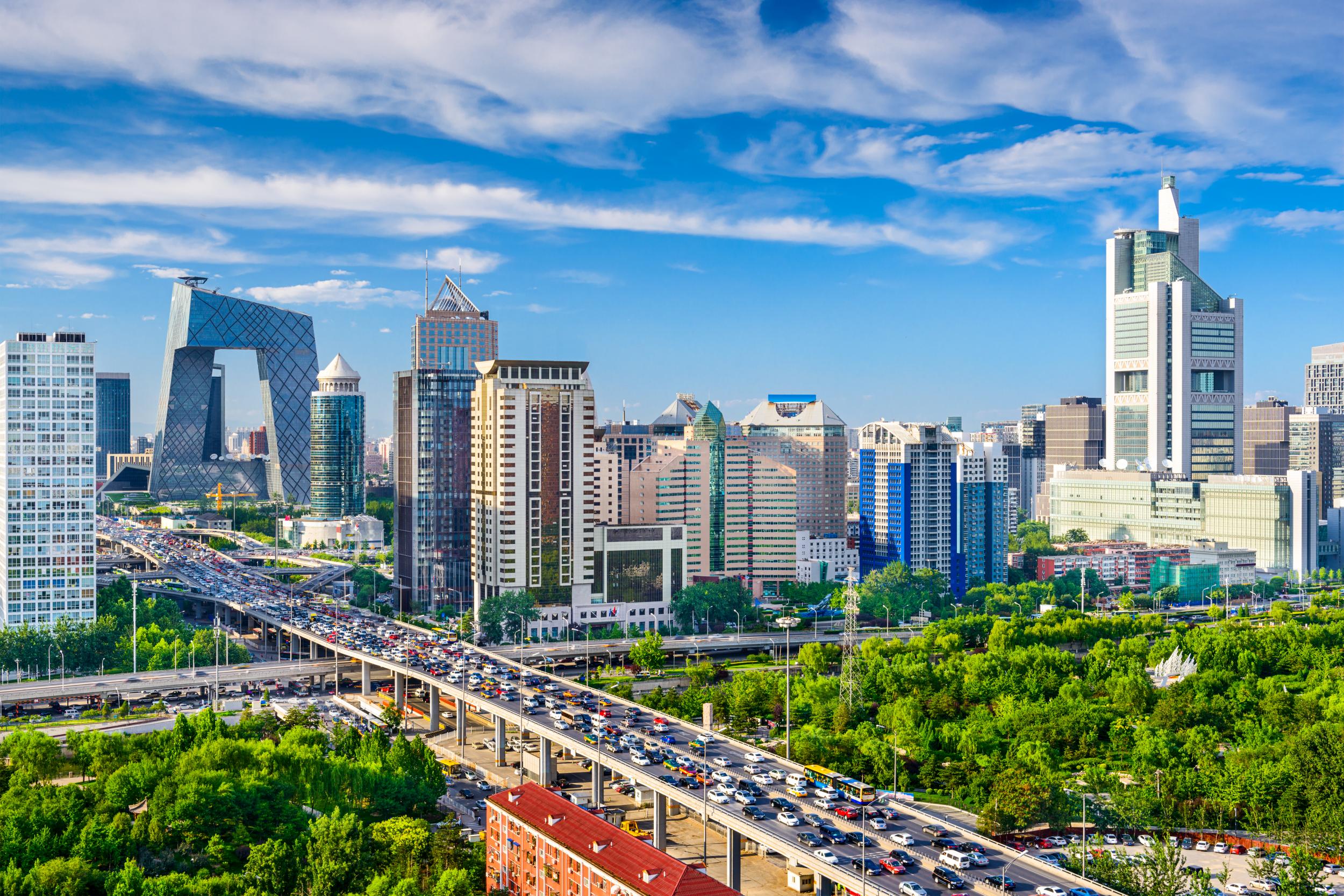
In true second city style, it’s a relaxed and fun place to hang for a weekend, and the nightlife in the micro-bars of Ura-Namba is off the chain.
How are we getting to these second cities? That’s changing too. Cruising is in for millennials, if you listen to any cruise company. So are self-drive holidays, which is why tourists boards are following the smash marketing success of the Great Ocean Road and launching the Arctic Coast Way (the very north bit of Iceland) and the North Coast 500 (the northern Scottish coast). Jumping into a car and whizzing it through multiple towns and cities is also a great way to see more of any country.
As is racing through a super-snappy itinerary in what I have dubbed the “micro trip”. Low-cost airlines like Norwegian have made it possible to get in and out of New York in one day – landing at 9am, departing at 10pm, and doing a compressed NYC itinerary in 12 hours. In fact, this month we’re kicking off a new video series about these “micro trips”, and videoing the whole experiment. Our first destination is, of course, New York. It really is possible to see the city in just a day: you just have to know where to go.
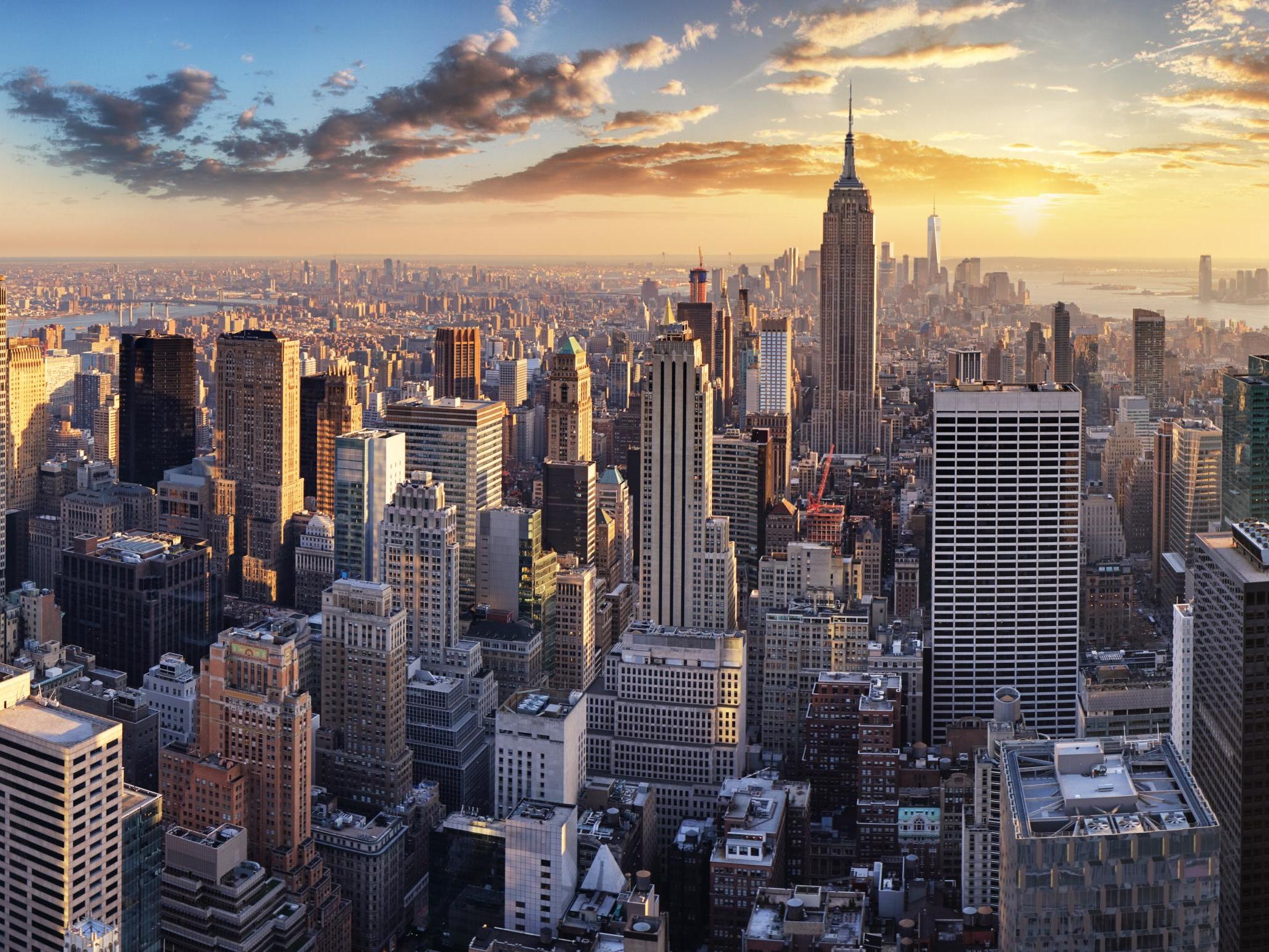
British travellers are savvier than ever before, and need to be tactical in the way they plan their travels and spend their cash. Where else is it possible to see in one day? The options are (almost) endless: every European city, for sure; as well as cities on the US east coast and the Middle East. Some might argue that a day is really all you need in Dubai...
We’re also staying differently. The Airbnb revolution is being wound back, as cities rage against rising rents in their cities. Maybe this year we’ll admit that we prefer staying in a hotel with nice amenities and in a good location. Thankfully, hotels are making it easier than ever before: there are new concepts like the “lean luxury” of Z Hotels, which offer micro rooms in central locations for fewer dollars; or Premier Inn’s new Zip concept, which flogs compact rooms for just £19 a night.
At the other end of the spectrum, there’s Virgin’s Departure Beach, which launched in Barbados in December. It takes those dead hours after you check out of your hotel and wait for your flight and plonks you in a fancy beach club on the sand instead.
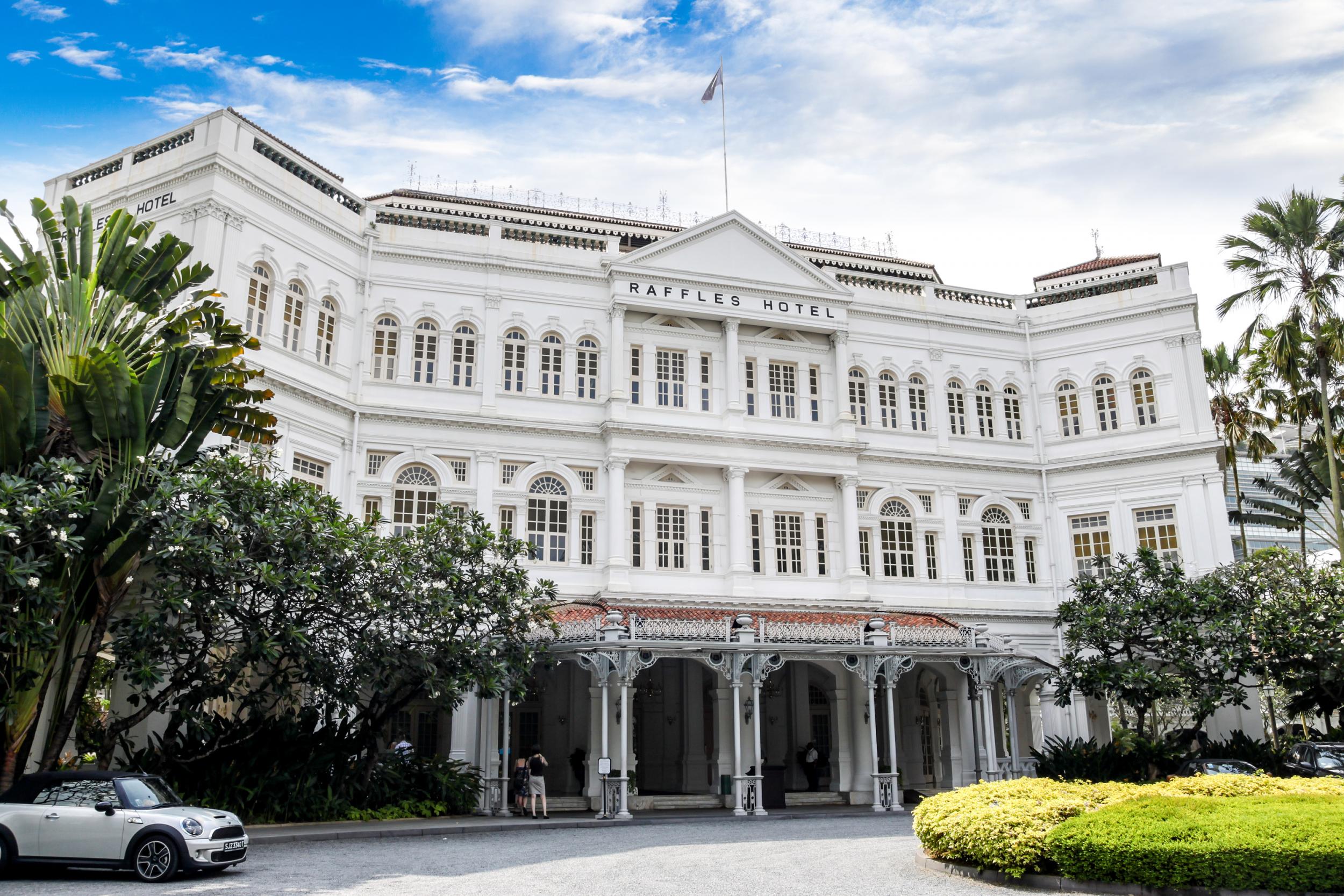
Naturally, there are lots of anniversaries this year too. Places that are blowing out the candles include Havana, which turns 500; it’s the 100th birthday of the Grand Canyon; and it’s been 40 years since the end of the Khmer Rouge in Cambodia.
Other anniversaries include 500 years since Leonardo da Vinci died (and expect to see Tuscany celebrate in a big way); 100 years since Einstein’s theory of relativity was validated (on Principe, a lush island flung off the west coast of Africa about to hit the tourism jackpot); 50 years since Woodstock; and the 200th anniversary of Sir Thomas Raffles’ landing in Singapore, which should mean we have to spend the year downing Singapore slings in perhaps the greatest colonial hotel ever built.
Or perhaps 2019’s resolution will be that we don’t pay any attention to anniversaries.
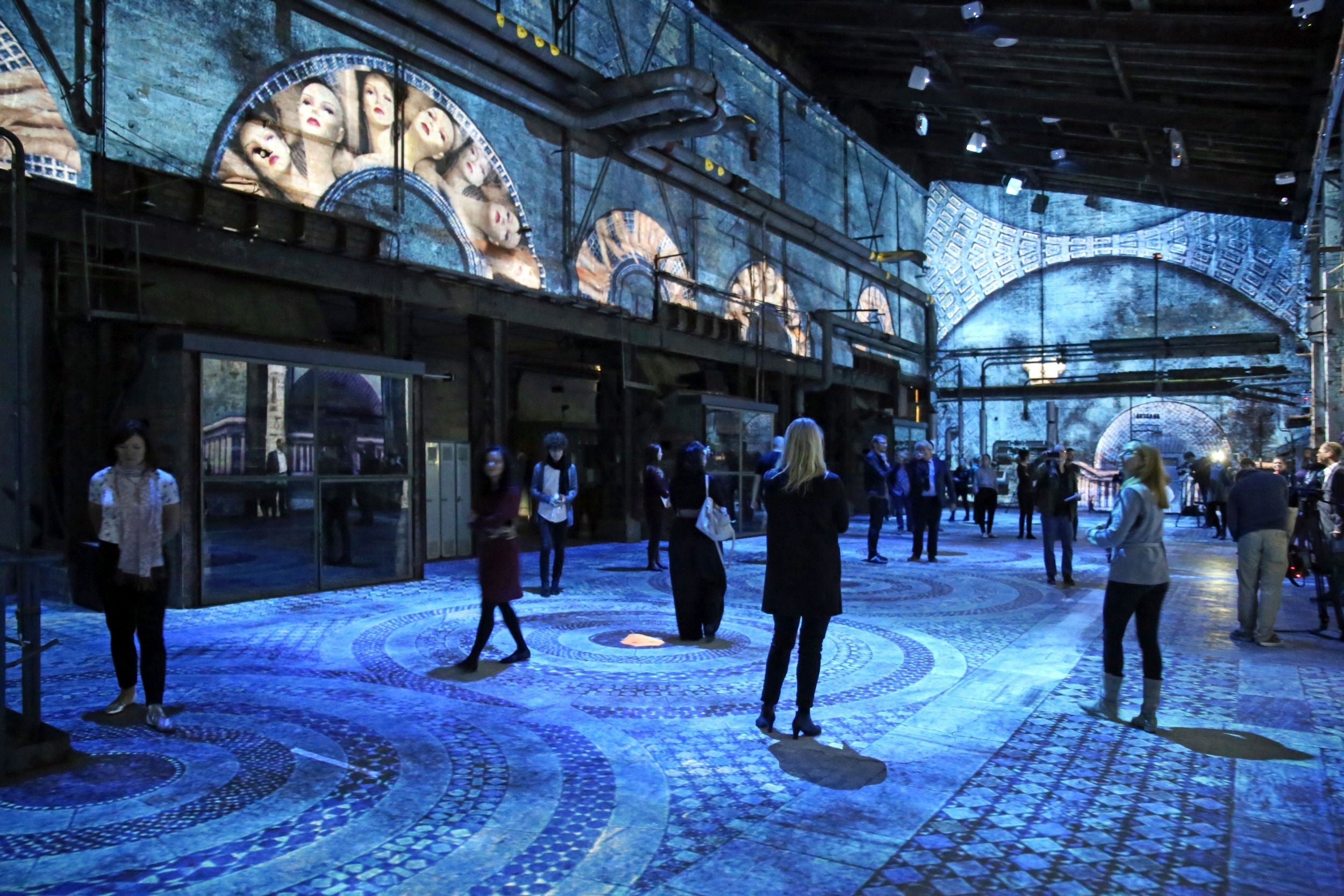
One destination that particularly impressed me in 2018 was Leipzig, a fast train from Berlin in former East Germany. There’s no reason to talk about it now, nor is it celebrating any headline anniversary this year. Rather, it was one of the most relaxed and fun cities I’ve been to: open-minded, super creative and with the dubious honour of hosting the biggest train station in Europe.
But best of all, cheap. A three-course lunch at its Panorama Restaurant, on the 29th floor of some swaggering skyscraper, was €12 (£11) all in. Can you imagine that price in New York, London or Hong Kong?
Leipzig was everything that a destination should be: fun, easygoing and accessible to all. And that’s a prediction I hope won’t just be for 2019.
Join our commenting forum
Join thought-provoking conversations, follow other Independent readers and see their replies
Comments
Bookmark popover
Removed from bookmarks